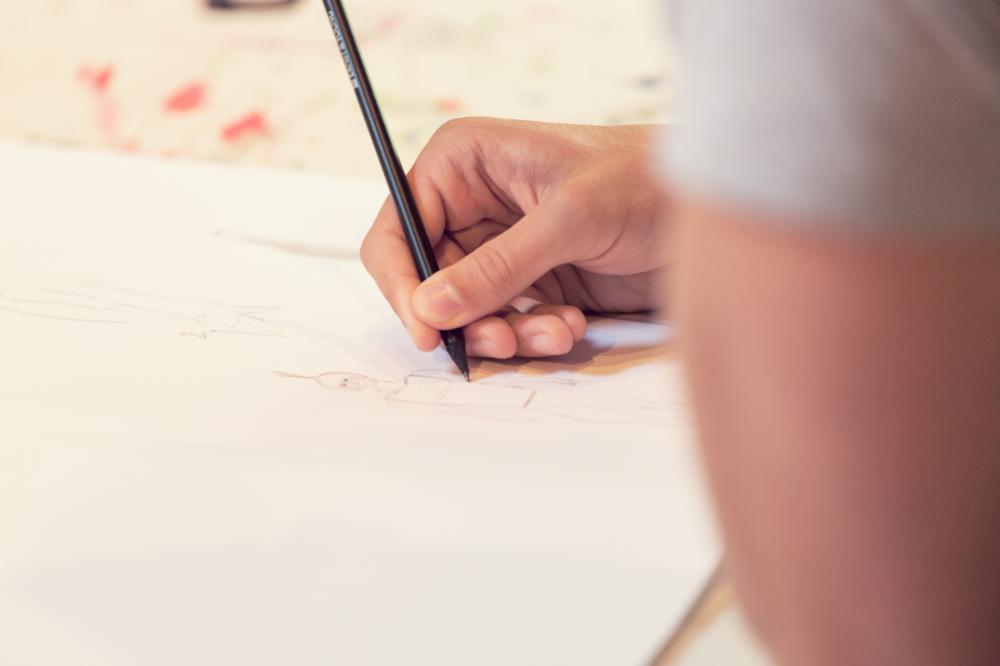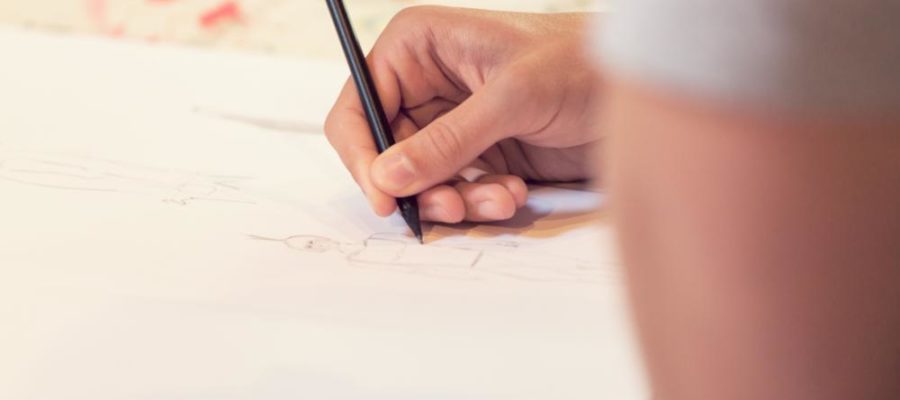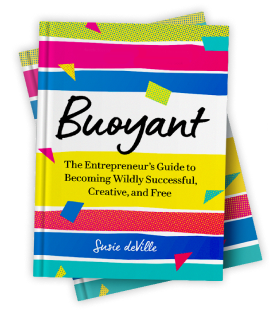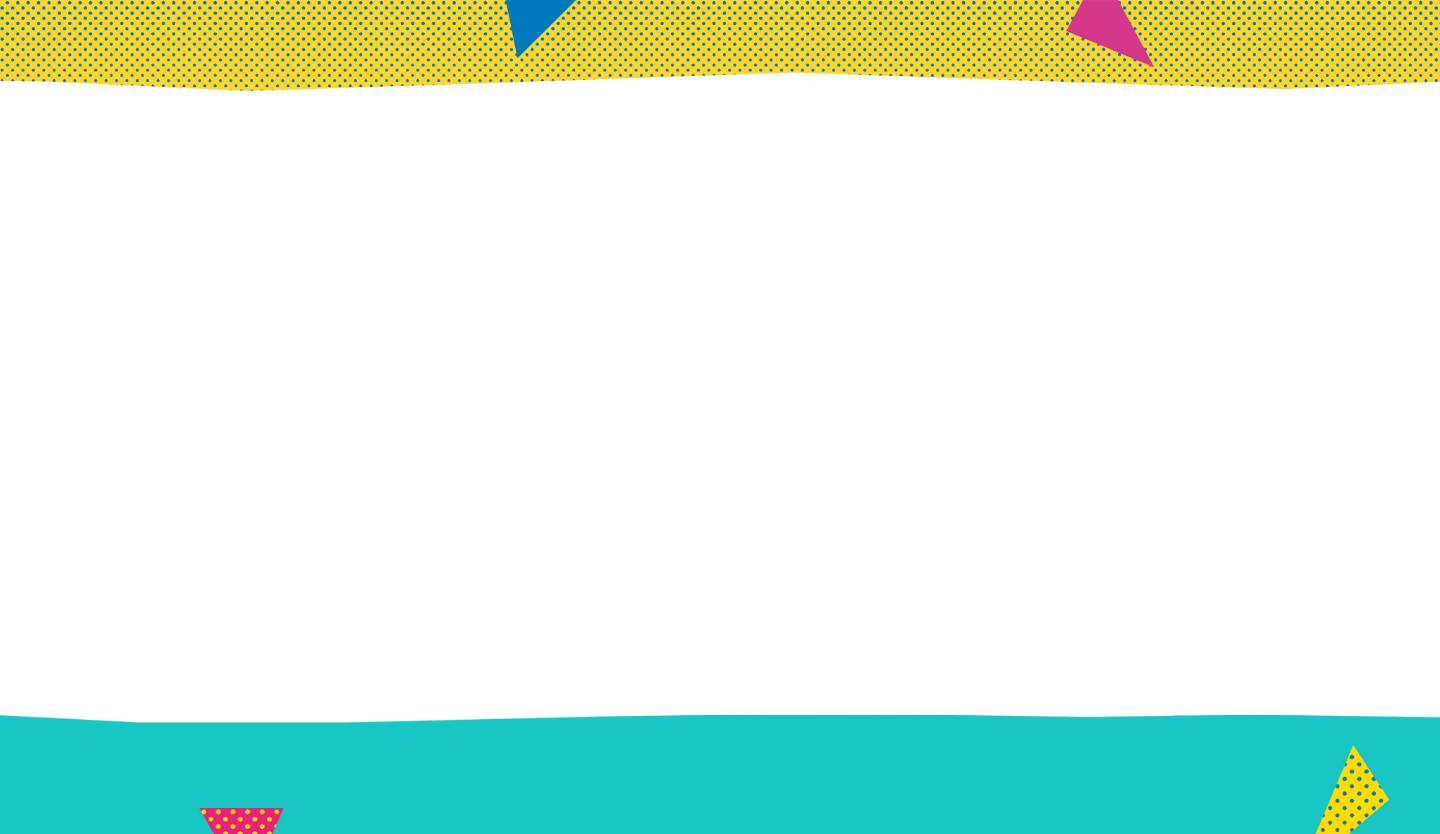The line itself is giving you an idea. And I think that’s the part that people don’t remember or suspect about drawing. That drawing can go not just from your head to the page, but definitely from the page and up your hand and into your head.” ~ Lynda Barry
Emily Dickinson was very particular about her creativity tools. She opted instead for a stubby pencil and the backs of used envelopes (torn open into sheet-like shapes) as her tools of choice.
I like to believe she did this so she could sneak up on her work and get lines down, without waking her inner censor. Once her creativity pump was primed with the production of her first lines, she found her flow and completed poem after poem.
Understanding Dickinson’s method gives us insight into how to get those crucial first lines down. The first marks. How to successfully preempt the wrestling and thrashing about with one’s Muse. Vital guidance for championing one’s Resistance.
But what happens to the artist, the writer, the poet, the entrepreneur—anyone—once he or she has placed those marks, words, or paint onto the paper or canvas? That is, in addition to what is being created, how is the individual being created anew in the doing?
One of my favorite artists, Lynda Barry, touched upon this very phenomenon in her conversation with Design Matters’ Debbie Millman. Her words are so important, I’m repeating the excerpt of her quote:
“The line itself is giving you an idea. And I think that’s the part that people don’t remember or suspect about drawing. That drawing can go not just from your head to the page, but definitely from the page and up your hand and into your head.”
This is precisely why I argue that we all should stop whatever we are doing right now, tap ourselves on our heads, and declare ourselves to be artists. Once self-anointed, perhaps we can leap frog over whether we are “good enough” to make marks, lines, brush strokes, and words onto white surfaces and simply get going.
Because when we create, we are as transformed as the canvas or blank page.
(Here’s the the full interview of Lynda Barry in the episode of Design Matters with Debbie Millman.)
How much time do we waste on worrying and fretting over the product and not ever consider the transformational power of the process? And, importantly, how many times do we euthanize our ideas, our passion, and our intuition and never get them down on paper, breathing life into them, and giving them a chance to become viable?
Knowing this, Barry’s art teacher at Evergreen State College gifted her with advice that changed her entire life:
“My teacher, Marilyn, taught me this amazing thing. She did it with one sentence. We were looking at a drawing that I did, and I said, ‘I don’t really like this drawing. I don’t really know how I feel about it.’ She paused and went, ‘It’s none of your business.’ That was the fulcrum. That’s the crucial moment of my entire career.”

This advice applies to all of us. Draw, paint, sketch. THE RESULT IS NONE OF YOUR BUSINESS. It’s what is happening in the moment of creation that is the point. What is happening inside your body. Your mind. Your soul. Your heart.
What part of you are you transcending? What insights and truths bubble to the surface? What is ignited? What is finally quelled so that you have peace? What is longing to be created in and through you that has nothing to do with what is on the page? What has leapt from your page, traveled up your arm and into your head? What is giving you an idea.
Grab a stubby pencil and a used piece of paper and get going.










